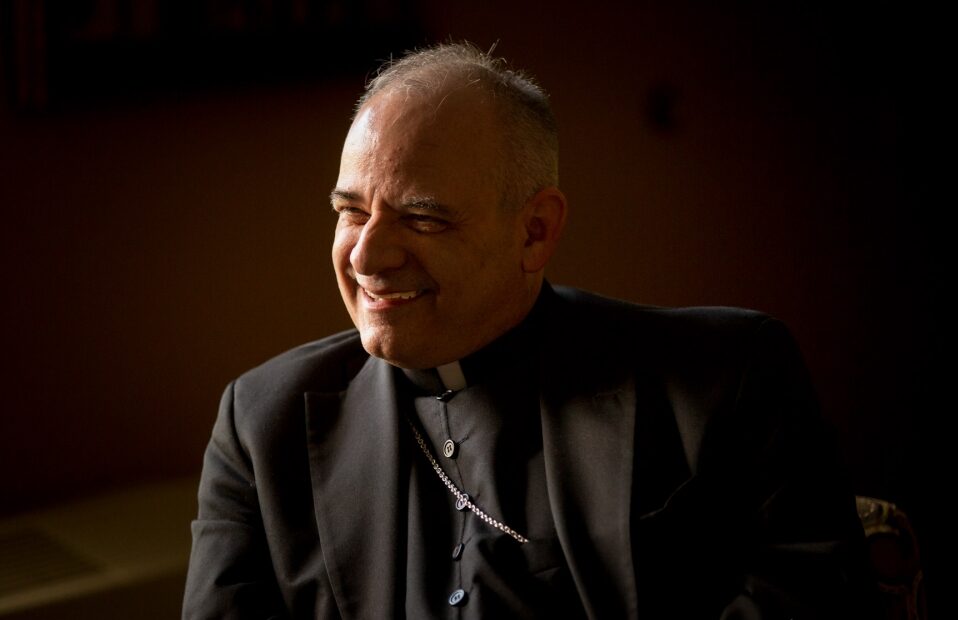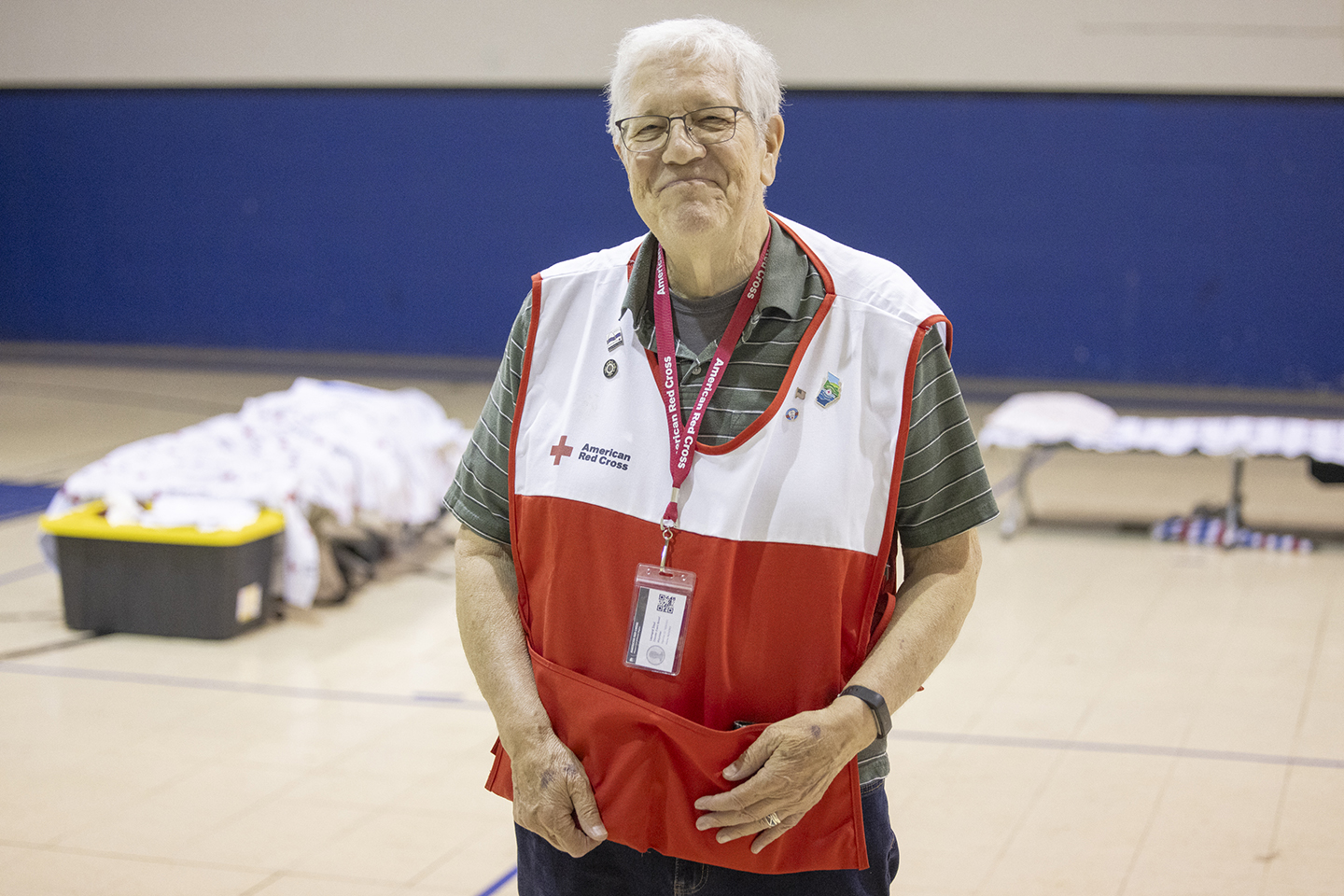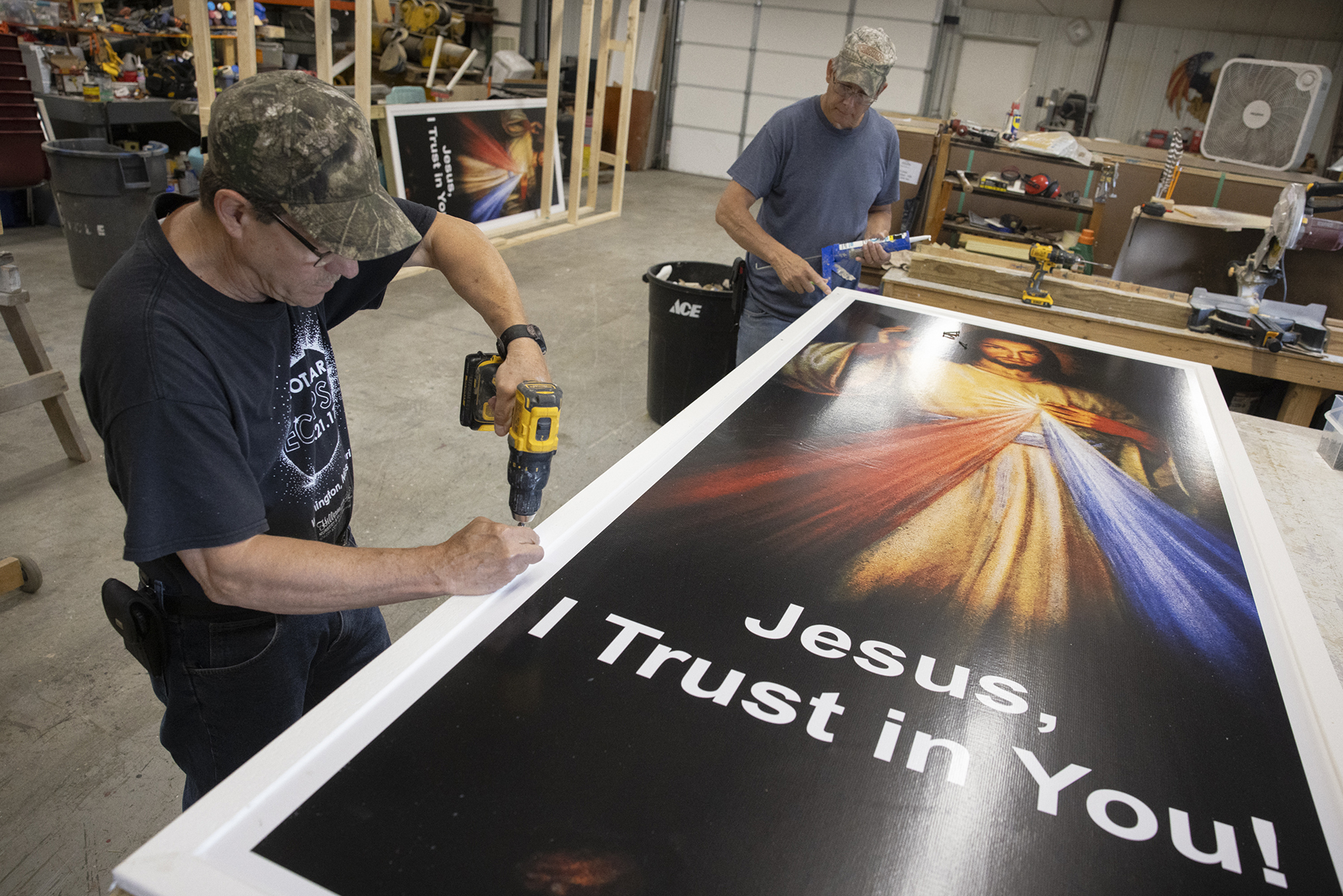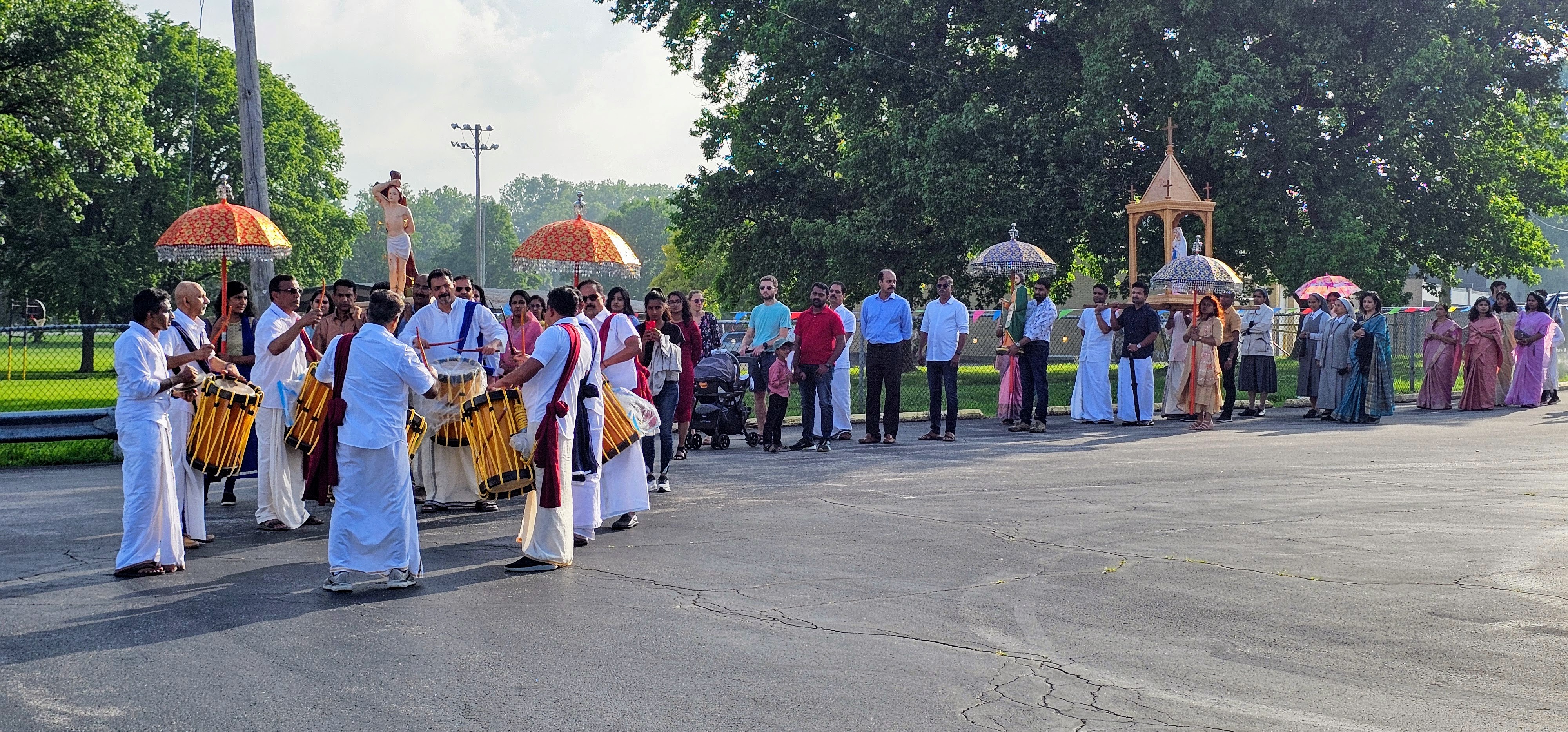Archdiocesan news
Editorial | Healing wounds and preventing new ones
From February 2005
Submitted on November 8, 2018
The 2004 audits of U.S. Catholic dioceses released last week show their nearly complete compliance with the safeguards to protect children from sexual abuse.
The St. Louis Archdiocese was among the 96 percent of the Roman Catholic dioceses and Eastern-rite eparchies that passed weeklong inspections last year to determine their accordance with the “Charter for the Protection of Children and Young People.”
This marks the second straight year that the Church has willingly allowed itself to be audited by an independent team of investigators, many of them former FBI agents. It won’t be the last. But the results, for the second year in a row, are encouraging.
As has been said before, the scandal of priestly sex abuse of young boys was a shameful chapter in the Church’s history. And, yes, some members of the American Church hierarchy were reluctant to either admit it or take the appropriate action that could have prevented it, something for which they will have to answer to God.
But the reality is that for a variety of reasons, the Church has acknowledged the problem, and its leaders have shown over the past three years that they are determined to never allow such a scandal to happen again.
As the report released last week by the bishops’ Office of Child and Youth Protection states, much of the abuse cases occurred from 1965 to 1974. Visiting Professor Philip Jenkins, a person who has carefully studied sexual abuse, told a group at St. Louis University last month that about 40 percent of the reported cases since 1950 occurred in a six-year period in the mid- to late-1970s. He added that the statistics show that child sexual abuse is not a problem inherent in a celibate priesthood but one that was allowed to seep into the Church during a time of great social upheaval.
Locally, as detailed in a recent story in the Review, the archdiocese’s Gennesaret Committee, made up of laity and clergy, has been working with dedication and determination to help the victims of clergy sex abuse.
Their largely unheralded work is not a matter of throwing cash settlements at victims and their lawyers but an attempt to find the best way for the person who’s been wronged to heal from the ordeal.
There will be those who continue to fault the Church for its response. But one wonders if some of them have an ulterior motive, one that goes beyond the need for justice and healing and which is a not-so-thinly disguised attack on the Church for differences related to its beliefs.
Abusers will never again be allowed to masquerade in Roman collars and give a bad name to the dedicated and holy men of the priesthood. The healing continues, in some cases at a costly pace and rate. The Church can never and should never forget the lessons learned over the past three years.
But it’s time to give the Church’s leaders credit for their efforts in trying to right the wrongs and prevent them in the future.







